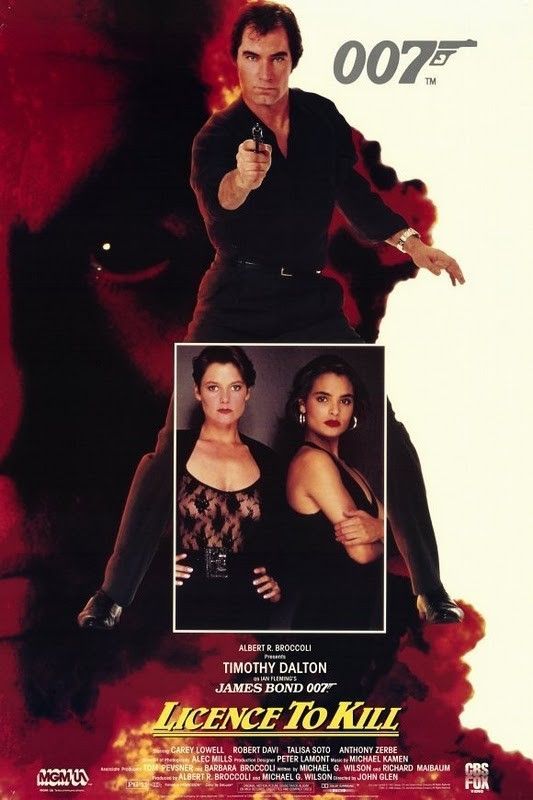Being invented byIan Flemingin the 50s, and appearing in theaters as recently as 2021James Bond, the world’s definitive secret agent, has been on missions and adventures as diverse, wide ranging, and far out as the locations on his passport.
Throughout his 60 years in film 007 has battled with ninjas, outran a space laser, dealt with honest to god magic, and participated in what is essentially a Star Wars ripoff, insome of his more outlandish and far-fetched missions.
While this fun, irreverent, and campy side of James Bond is some of the most referenced, homaged, and even fondly remembered parts of the characters' history, his original roots as a serious spy are still felt to this day.
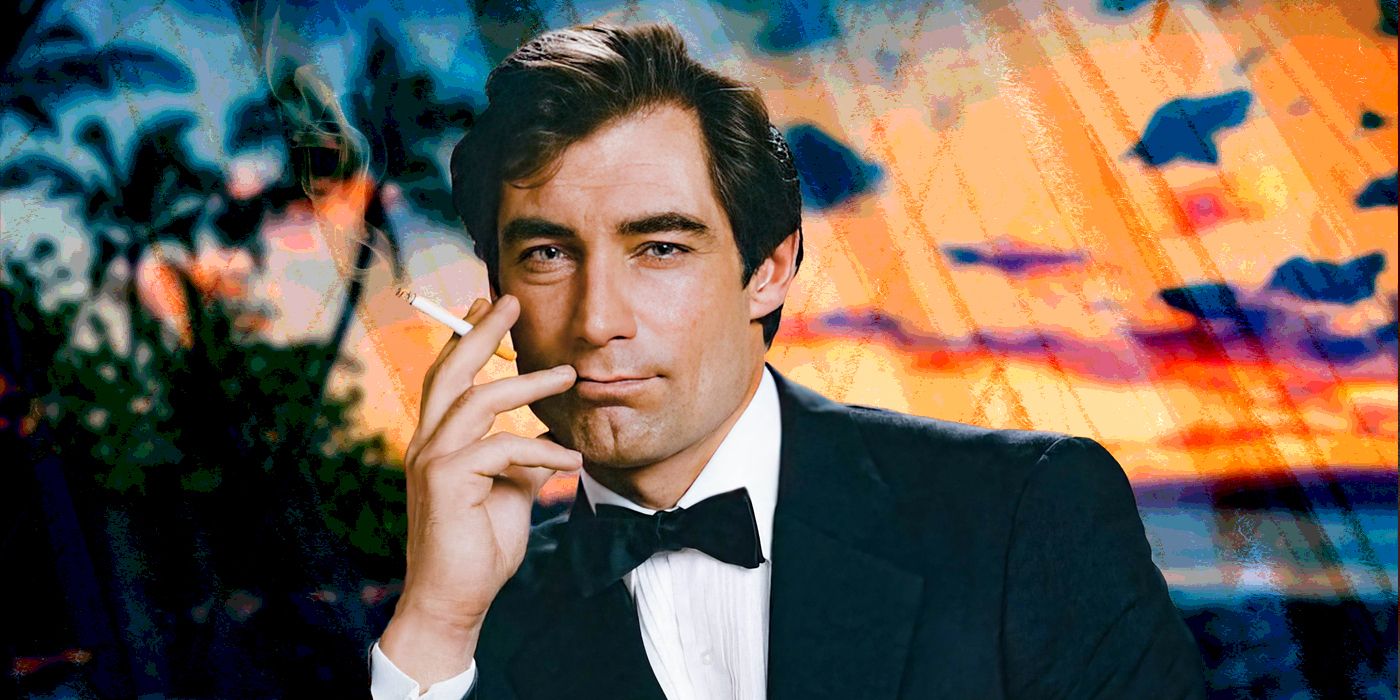
Image via United Artists
Ian Fleming’s original fourteen James Bond novelswere such smash hits to begin with because of teh author’s actual grounded experience as a WWII naval officer and his involvement with actual spycraft.
This led to a serious side of 007, not only in how the character treated and used violence, but also in how Fleming’s novels explored and dealt with the genuine motivations and potential global ramifications behind the types of plots that Bond often had to thwart.
Whenever the Bond movies feel like theyare becoming too far-fetched or over the top,this darker, more serious side creeps back in, sometimes to great effect, sometimes to confusing results.
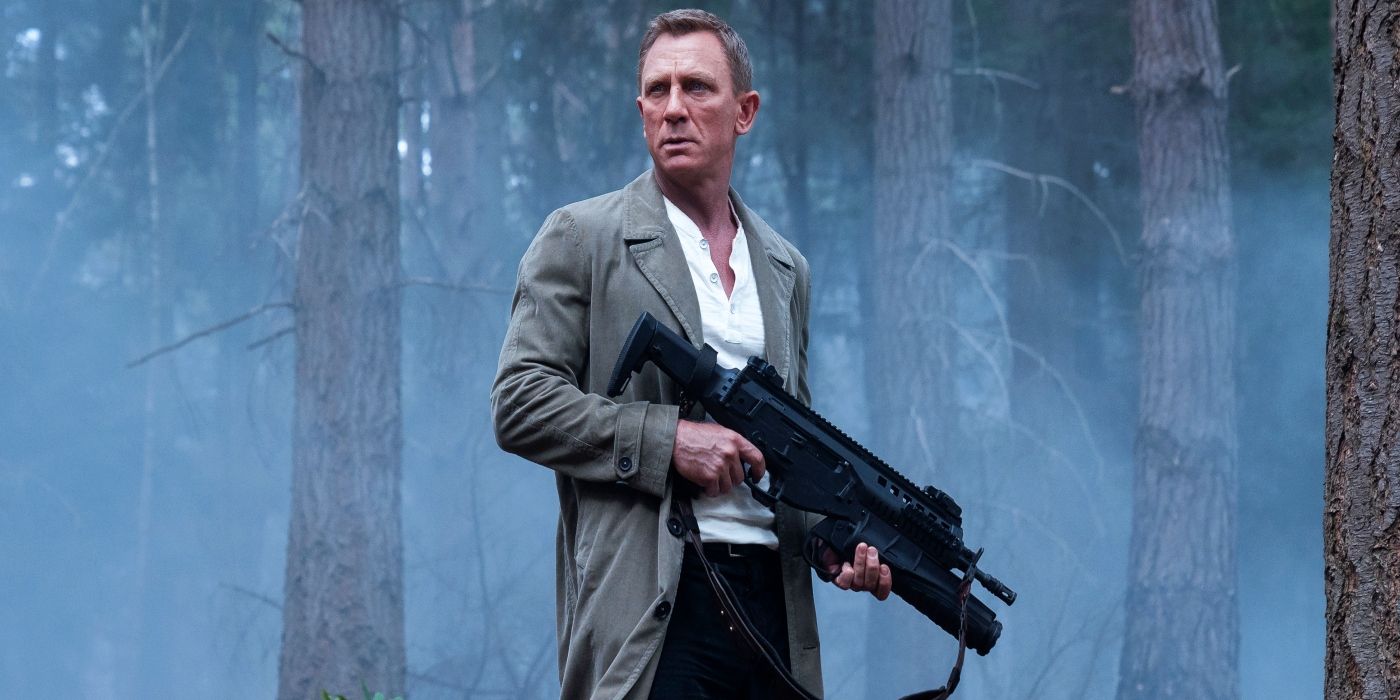
Image via MGM
10’No Time to Die' (2021)
Directed by Cary Fukunaga
No Time to DiewasDaniel Craig’s final, climactic turn as James Bond, and sees the character in some of his most high-stakes and perilous situations yet.Craig’s 15 year tenure as 007was defined as the dimmest, grittiest, and most realistic take on the character to date, and while the films slowly lost this tone as they went on, this fifth and final entry still features some of Bond’s most gruesome and violent action.
Of course, what truly makesNo Time to Dieone of James Bond’s grimmest missions is the fact that it is the one andonly adventure he doesn’t make it home from.
While Bond’sthrilling demise in the climax of No Time to Dieis treated as a triumphant and heroic moment, it’s still a powerful and somber experience to see a seemingly invincible character like 007 go.
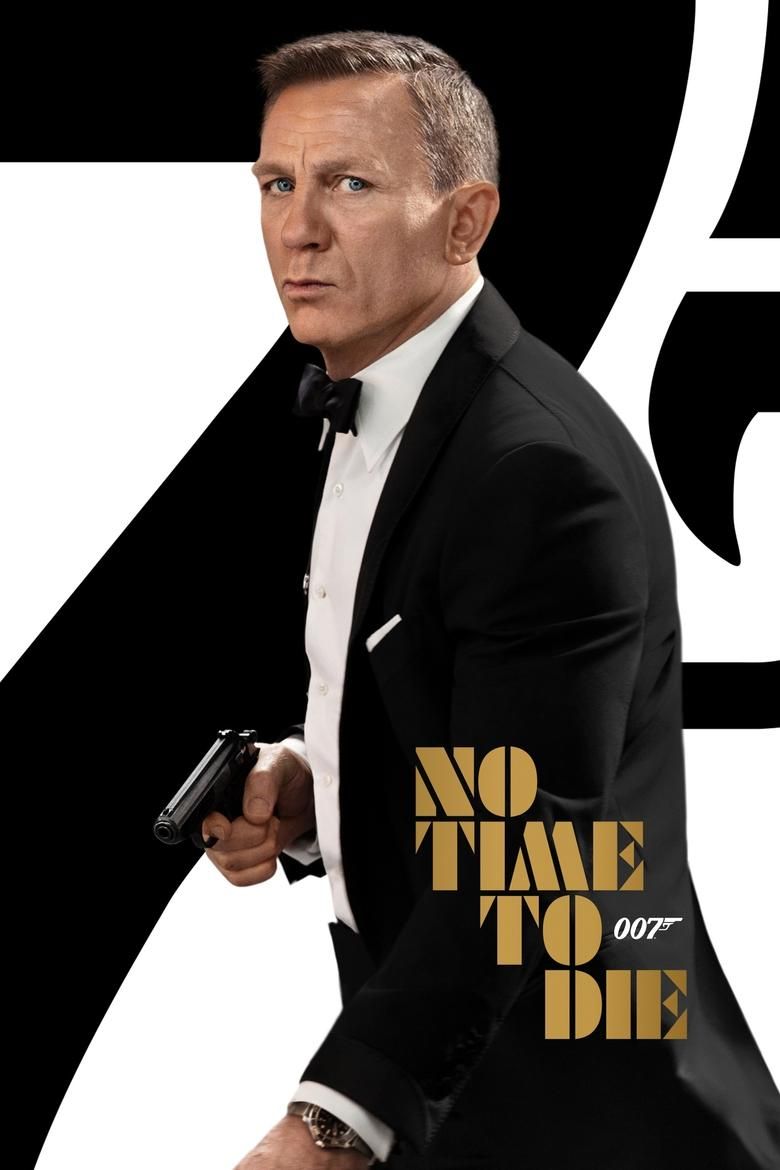
This finale sees Bond introduced to a secret daughter kept from him bySpectre’s love interest, Madeleine Swann (Lea Seydoux), as well as showcasing several new up-and-coming operatives in the world of spycraft.
Bond is simultaneously shown a potential life for himself outside spycraft, and that the world of espionage can safely continue without his efforts, making his final sacrifice all the more heart-wrenching as it leaves countless what ifs unanswered.
The following scenes where Bond’s allies, including M (Ralph Fiennes), Q (Ben Whishaw), and Moneypenny (Naomie Harris)toast to his memory, and Madeline shares the legend of 007 with their daughter make this film’s end a fitting tribute to Bond, but dark nonetheless.

Image via MGM Distribution Co.
Your Rating
Your comment has not been saved
9’The World Is Not Enough' (1999)
Directed by Michael Apted
At their best, thePierce BrosnanBond films were a perfect balance between playful fantasy spycraft, and serious explorations of political espionage.
Films likeGoldeneyeandTomorrow Never Dies, walked this line expertly, and generated massive excitement for this new era of 007.
However, Brosnan’s third outing,The World is Not Enough, lost this balance, and while many audiences would say the film is campier due to characters likethe overly hated Dr. Christmas Jones(Denise Richards) actually has some of the Brosnan era’s darkest moments just below its surface.
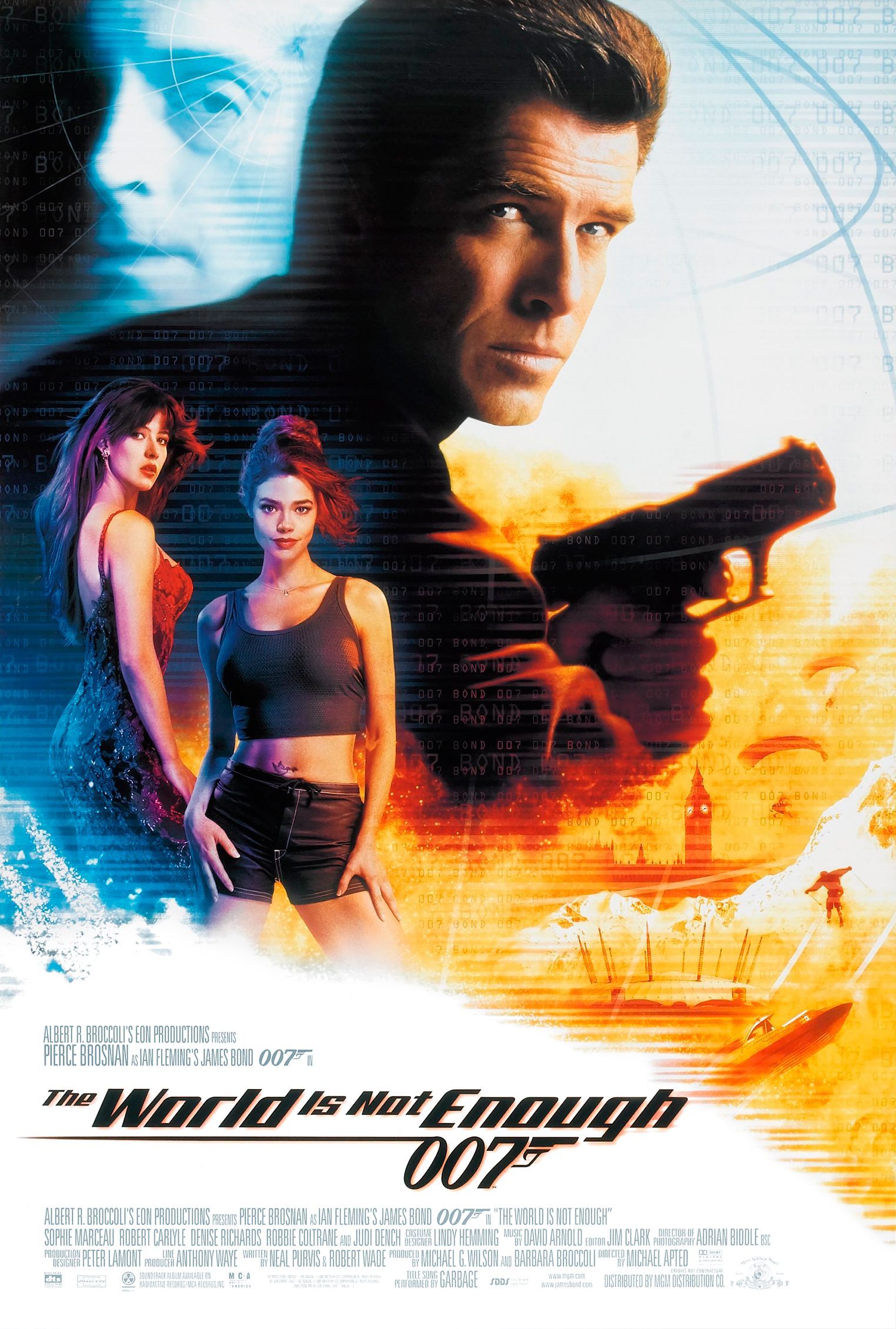
The World is Not Enough’s moral ambiguity stems from its secondary Bond girl and surprise villain Dr. Elektra King (Sophie Marceau).
At first revealed as a competent and conniving challenge to Bond, Elektra is eventually revealed to be a victim of child kidnapping who developed Stockholm syndrome for her captor as a teenager.
This is one of the darkest backstories for a villain in any Bond movie and is treated with shockingly little weight as a revealother than to justify Elektra’s convoluted turn.
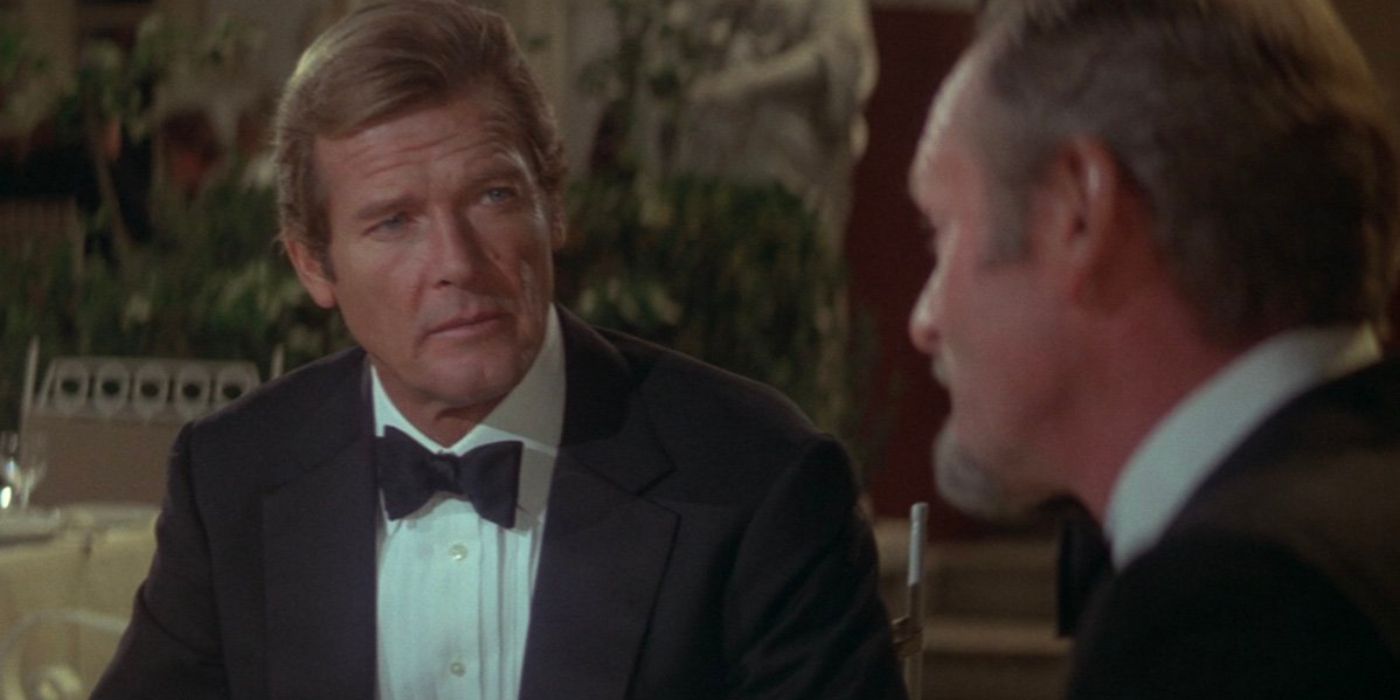
Image via United Artists
This lack of gravitas makes the backstory feel even more tragic, as it is treated with utter callousness by both the characters and the film itself, as Elektra’s story ends when she is coldly and unceremoniously shot by Bond at close range.
8’For Your Eyes Only' (1981)
Directed by John Glen
As the longest tenured Bond,Roger Moorre’s portrayal of 007 is filled withsome of the most diverse films in the entire franchise, such as the mystical-inspiredLive and Let Die, or the downright slapstickOctopussy.AfterMoonrakersaw 007 travel to space in what many consider to be his campiest and most over the top adventure, producers sought to bring Roger Moore’s Bond both literally and figuratively back down to earth.For Your Eyes Onlyis the darkest of Roger Moore’s seven appearances as the character, owing to the fact that it scales back the focus on world domination in favor of a more personal revenge story.
As Bond searches for a missing missile command system, he encountersCarole Bouquet’s Melina Havelock, and her quest to avenge the assassination of her scientist parents.
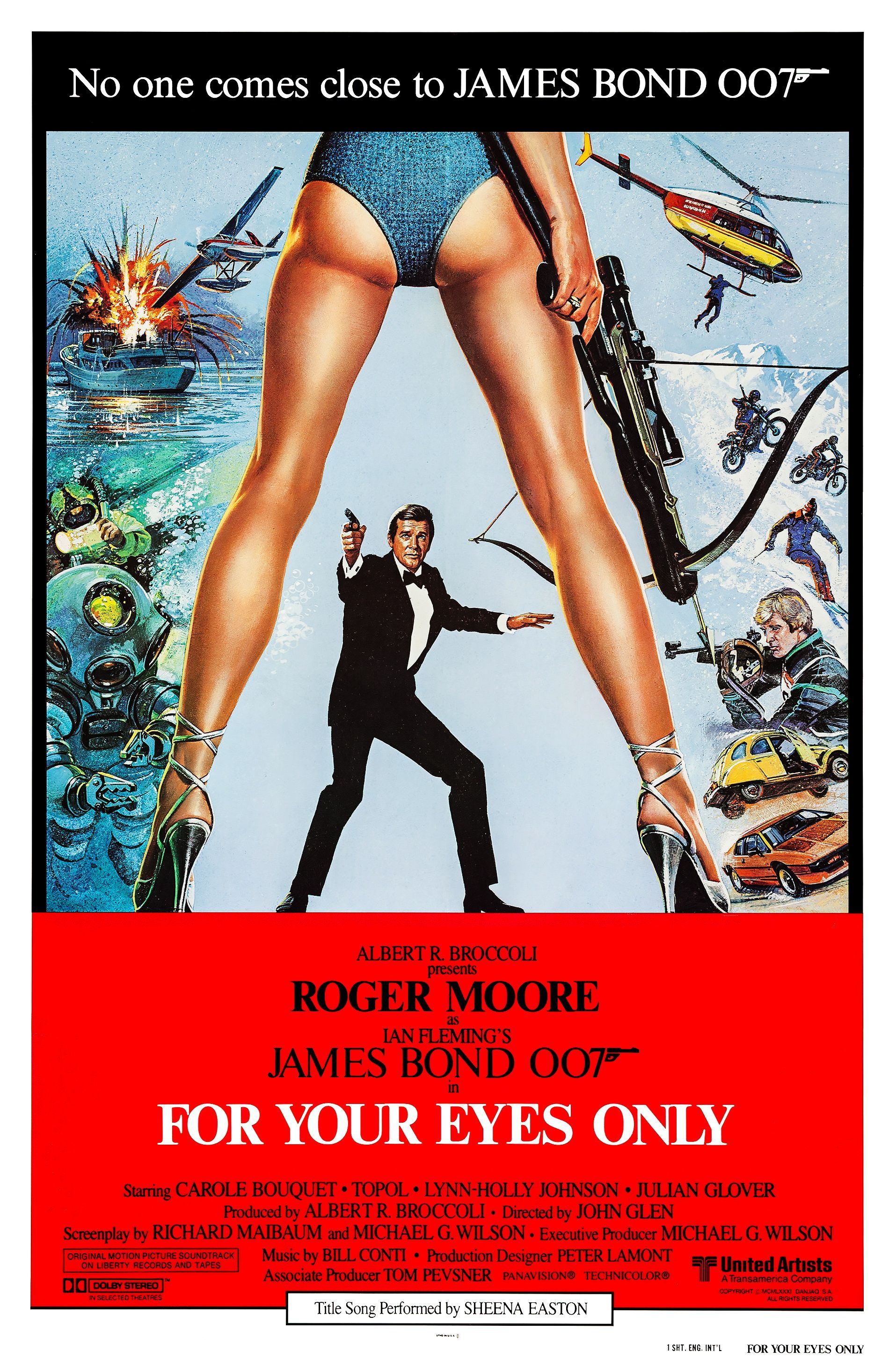
Clearly trying to downplay similarities toMoonraker,For Your Eyes Onlyswaps out its laser guns and rocket ship combat for more straightforward firearms and point-blank executions.Roger Moore is still able to use his talents for comedic delivery and wry humorin his fifth outing as 007, but unlikeMoonrakerand the two slapstick entries to follow, his humor is able to compliment the Bond’s adventure rather than distract from it.
7’From Russia with Love' (1963)
Directed by Terrence Young
After getting off to an amazing start with the instantly iconic Dr. No, Director Terrence Young and the original Bond, Sean Connery, returned for a more grounded and murky sequel which dived head first into one of Fleming’s more political novels.
Set against the ongoing and active backdrop of Cold War-era spycraft,From Russia With Love, tells a story more focused on themes of paranoia, distrust, and growing political tension, leading toone of the best films of Sean Connery’s entire tenure as 007.
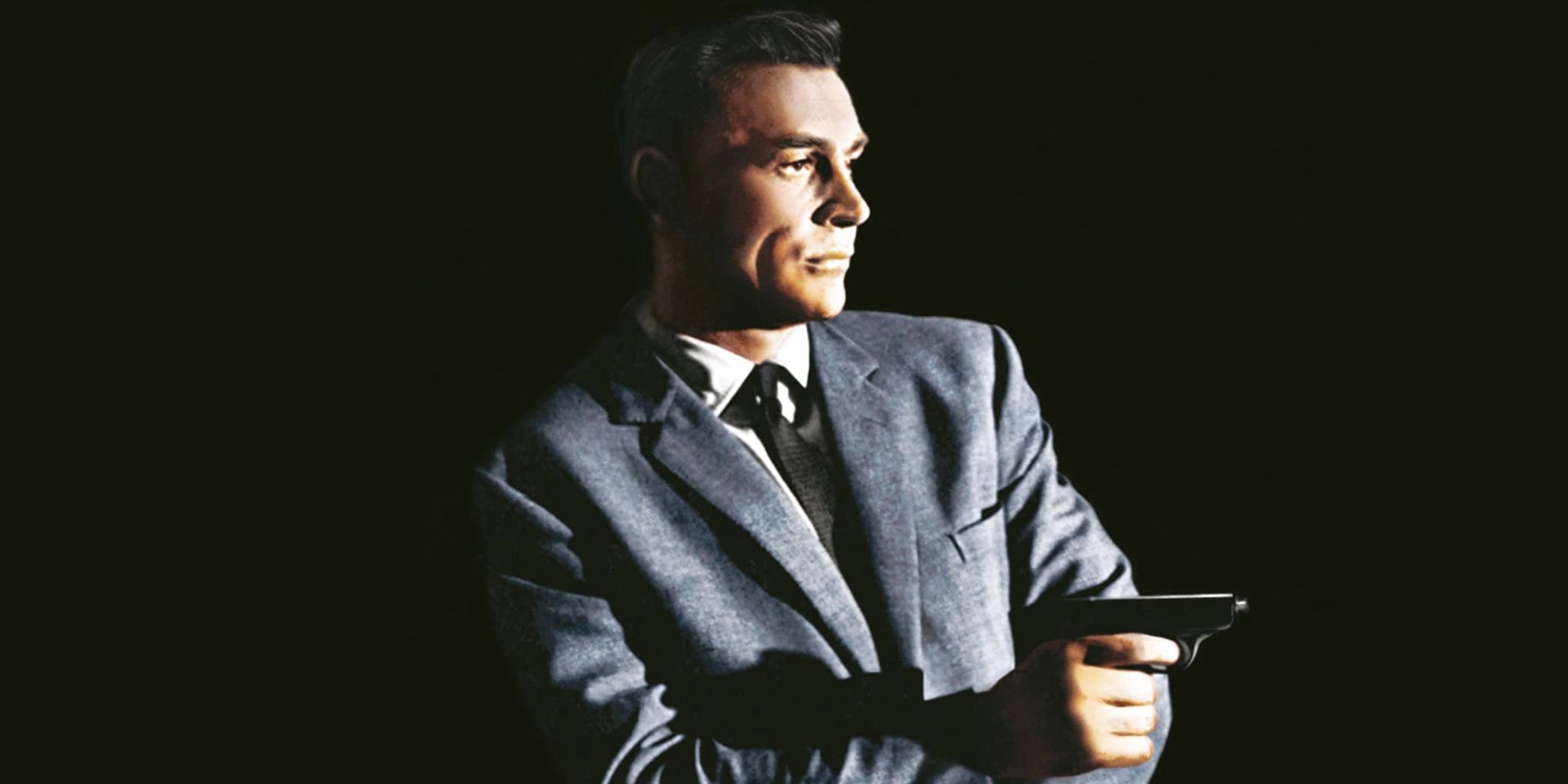
Image via United Artists
Though the film replaces the actual Soviet era spy agency SMERSH from Fleming’s novel with the fictional secret society SPECTRE, the political ramifications of the story still weigh heavily on the film’s atmosphere as James Bond helps soviet defectors, and works with underground militant groups.
While it still features some of Bond’s quips and brevity, when juxtaposed with the more far-fetched entries likeDiamonds are ForeverorYou Only Live Twice,From Russia With Love’s foreboding and political tone showcases a more complicated and multi-faceted side of Sean Connery’s Bond, andexemplifies why many say he played the role best.
6’Skyfall' (2012)
Directed by Sam Mendes
The third adventure for Daniel Craig’s version of Bond,Skyfall, opens with 007 getting shot and only gets darker and darker from there.
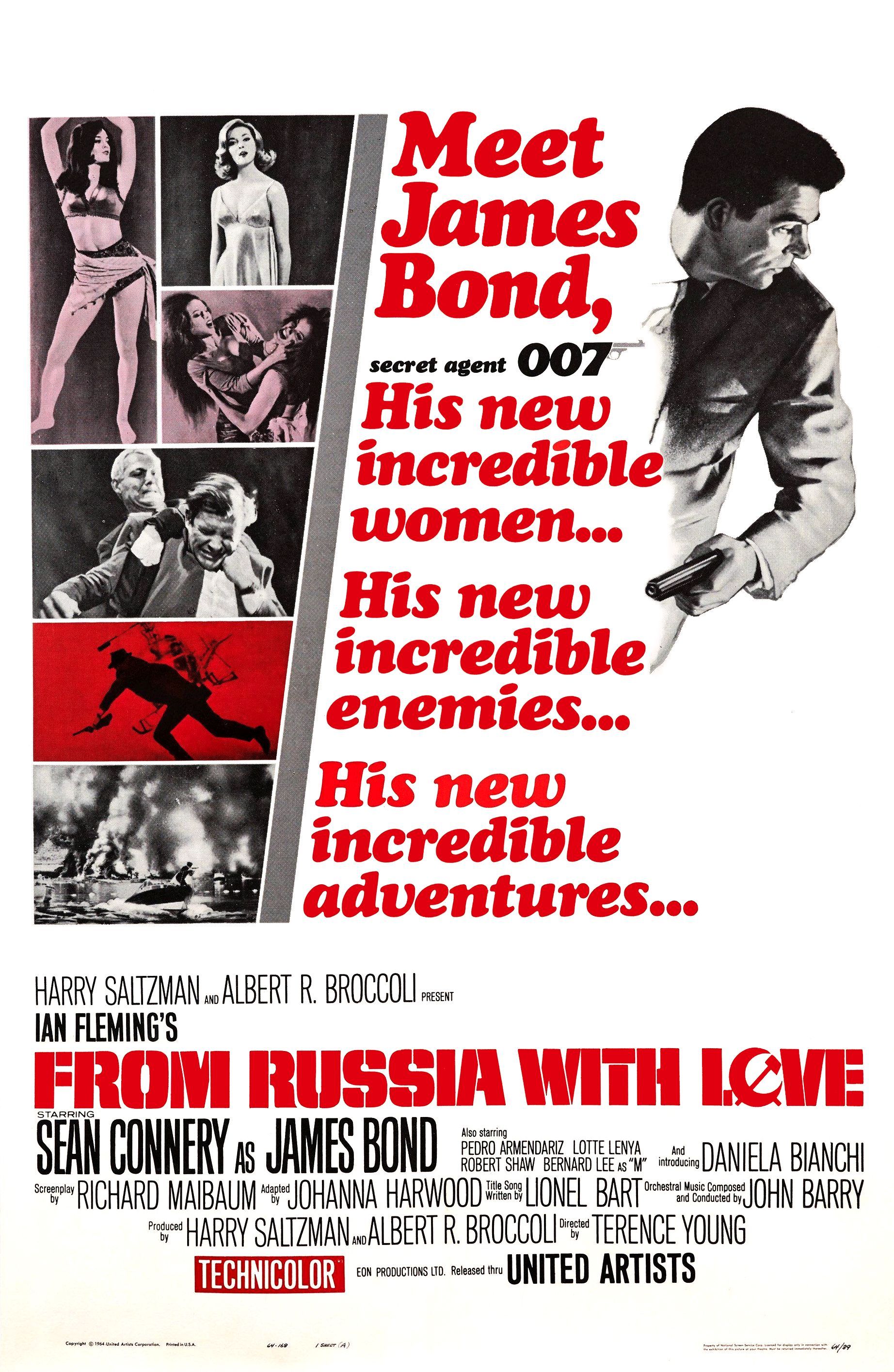
The central source of drama and moral ambiguity in this chapter comes fromJudi Denchin her seventh and final appearance as M, as the film explores what it truly means to order agents like Bond to certain death.
Over four films with Pierce Brosnan and two with Daniel Craig,the audience has come to know M as an ally to James Bond, butSkyfall’s dramatic opening, in which M orders Naomie Harris' Moneypenny to take a shot with Bond in the line of fire, makes it clear that in organizations like MI6 the mission always comes first.
This is explored further withone of the best Bond villains of all time,Javier Bardem’s Silva, a former agent left for dead by M, in much the same way Bond was.
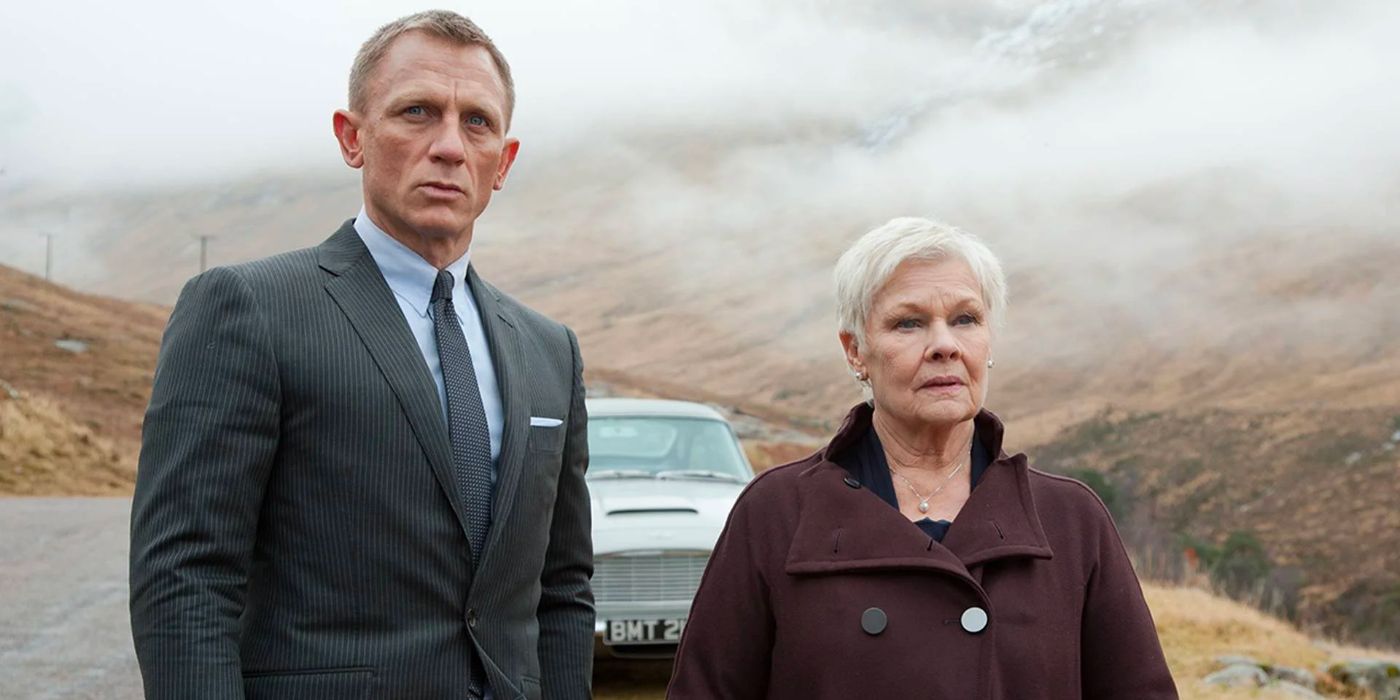
Image via Sony Pictures Releasing
With Silva’s primary goal being vengeance against his old mentor, Bond is placed in the murky situation of risking his and others' lives to protect someone that he now knows for a fact wouldn’t do the same for him.
Thoughthis almost perfect spy-filmrestores some of the more fantastical elements of the franchise that the first two Daniel Craig Bond films stripped away, these solid and consistent themes of duty and loyalty help the film maintain a gritty and morally gray allure.
The final battle at Skyfall manor is alsoone of 007’s most brutal and hard-hitting action set-pieces, as Bond and his allies use homemade guerrilla-style weapons to fend off Silva’s forces.

5’The Living Daylights' (1987)
Plotwise,The Living Daylightshigh stakes spy vs spy action-which allowsfor some brutal and efficient actionreminiscent of what would come later in Daniel Craig’s initial outings.
After the secret organizations of the Roger Moore era, seeing Bond battle directly with the KGB and insert himself directly into late-cold-war era geopolitics is an exciting and welcome change of pace.
Characters across all sides of the political spectrum question their role in this political espionage, whileDalton’s more direct, novel-accurate Bondis here to get his mission complete with ruthless efficiency.
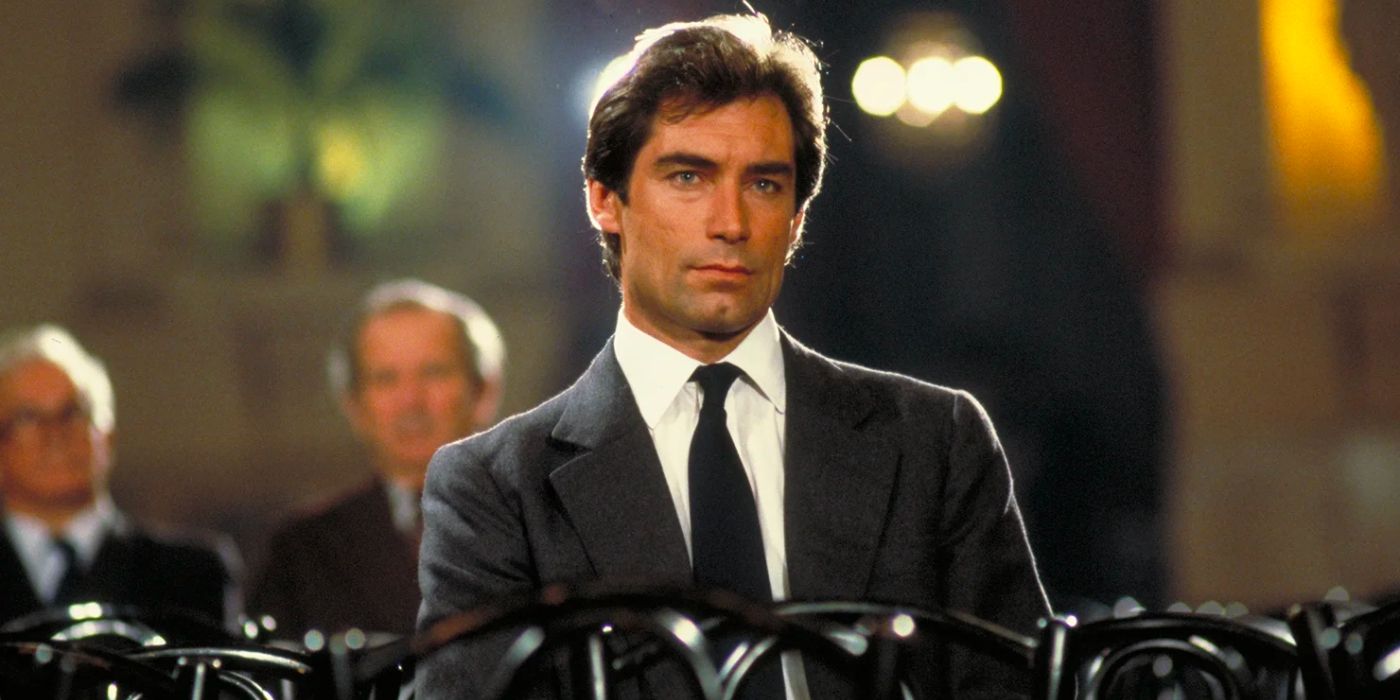
Image via MGM/UA Communications Co.
4’Casino Royale' (2006)
Directed by Martin Cambell
Casino Royale may feel like its missing some classic Bond staples such as Q and Moneypenny, but it more than makes up for these absences by using its stripped back approach toexplore James Bond’s character and psychology like no film has before.
The highlight of this exploration is007’s complicated and multilayered relationshipwithEva Green’s Vesper Lynd, an intelligent and mesmerizing woman, whom Bond genuinely finds himself falling for.
Of course, in true dark fashion,this relationship doesn’t end well for Bond or Vesper, as her demise and Bond’s subsequent torture are some of the darkest and most gruesome scenes in the entire franchise.
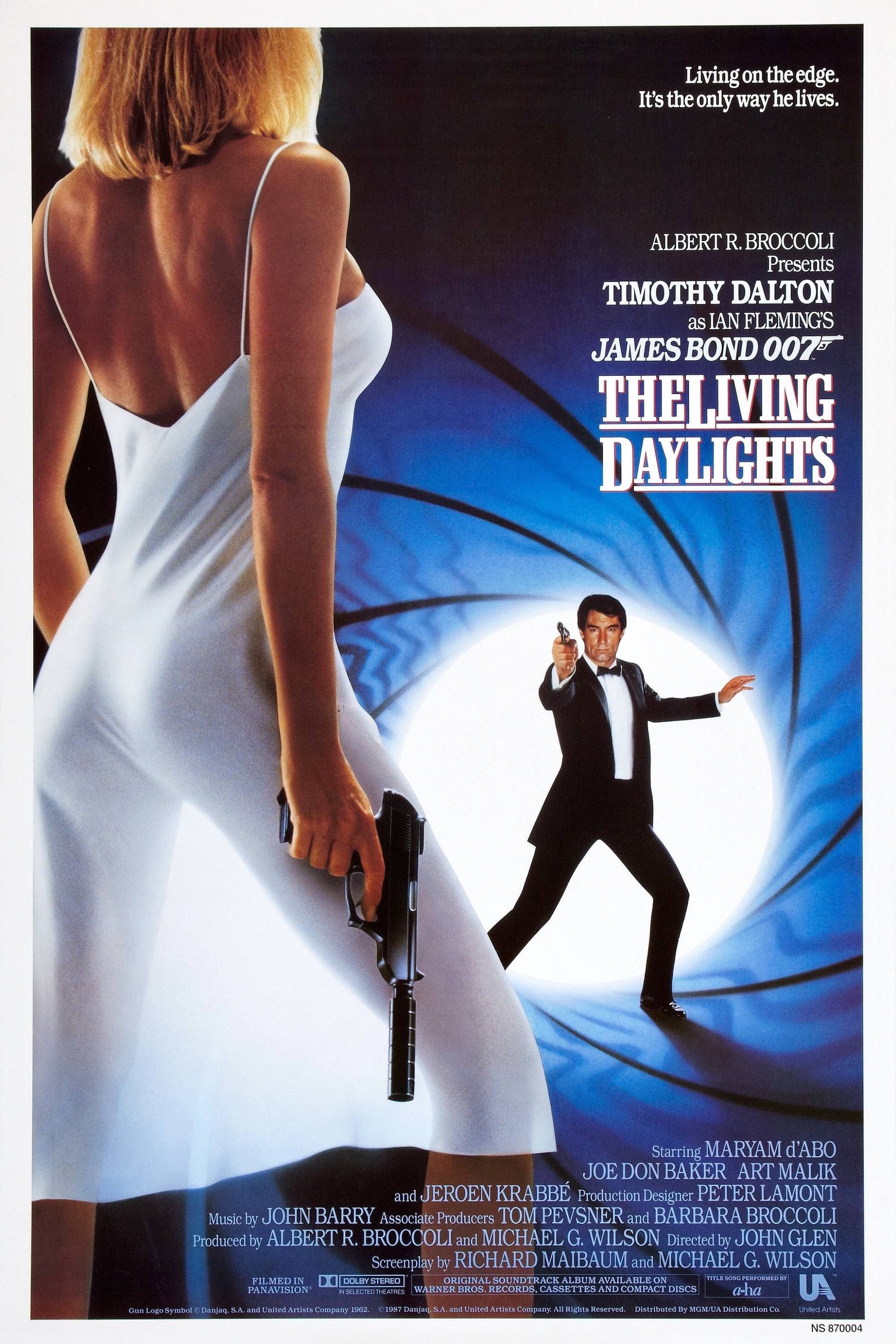
Swerving hard into a new direction paid off massively for filmmakers and audiences, but led to some somber moments for Bond and his allies.
3’On Her Majesties Secret Service' (1969)
Directed by Peter R. Hunt
George Lazenbymay have only one outing as James Bond under his belt,but it is undoubtedly one of the most impactful and memorable chapters in the character’s history.On Her Majesty’s Secret Serviceshowcases James Bond, meeting and falling for Tracy Di Vicenzo (Diana Rigg), a capable woman who accepts his hand in marriage…before being tragically assassinated by 007’s arch-nemesis Blofeld.
Bond holding Tracy’s corpse and vowing revenge is the final note on which this movie ends, and stands out as one of the most haunting conclusions and overall most powerful scenes in the entire history of the franchise.
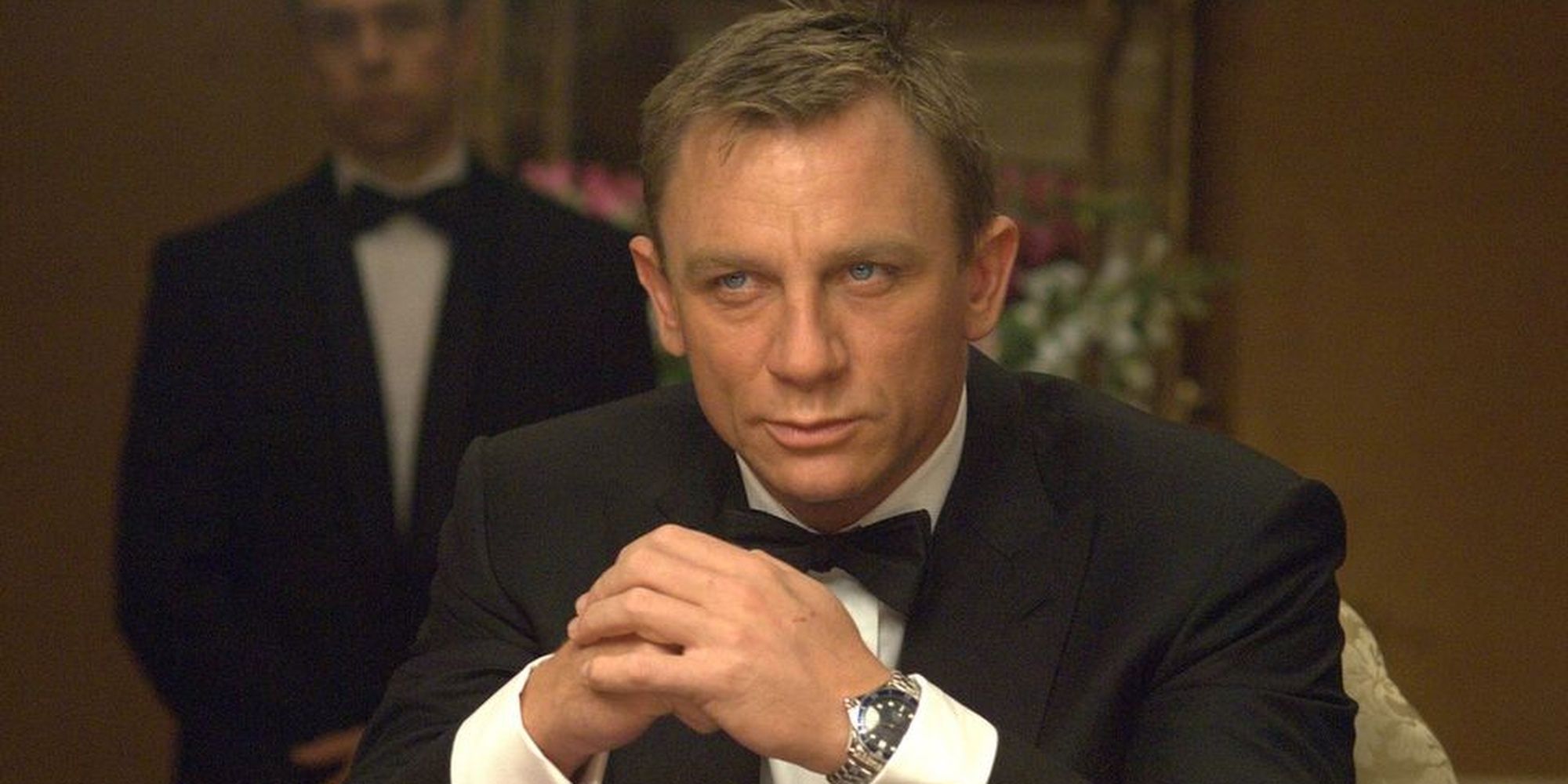
Image via MGM
While the film’s actual plot surrounding Blofeld brainwashing 12 “angels of death” to be international assassins may be somewhat goofy,On Her Majesty’s Secret Serviceearns its place as one of the darkes Bond filmsfor its emotional gut punch of a finale.
Lazenby and Rigg showcase palpable chemistry and thoroughly sell the audience on the idea of the womanizing playboy Bond finally finding love and settling down.
These great performances make the eventual rug pulla truly devastating blow to the audience, and set the tone for great Bond romances like Vesper Lynd going forward.

2’Quantum of Solace' (2008)
Directed by Marc Foster
One of the mostcontroversial and underrated Bond moviesis also one of the grittiest and darkest.
Continuing directly off ofCasino Royale, Daniel Craig’s second Bond filmQuantum of Solacesees 007 seeking revenge for the death of Vesper Lynd.
This film is rough around the edges due to being made largely during the 2007 writers' strike, and its simplistic plot, short pace, and murky aestheticsoften see it atop lists of 007 worst adventures.

Image via MGM
These same qualities, however, also contribute to the film’s dark and violent feeling, as the straightforward vengeance story and grim visuals make the film play out more like a standard revenge thriller than a spy film.
Daniel Craig’s Bond is at his most sorrowful, morose, and downright mean-spirited in this film, and it is shown in the callousness with which he treats his enemies.
The film’s climax in which Bond leaves villain Dominic Greene (Mathieu Amalric) stranded in the desert with nothing but a can of gasoline, providing the evildoer with a downright sadistic choice of either death from exhaustion or suicide, is by far one of the single darkest things ever done by 007.In addition to its sloppy construction,Quantum of Solacewasmean and dour enough to be off-putting to audiences, and its poor reception helped inspireSkyfallto restore some of the franchise’s playfulness with its gadgets and set-pieces.
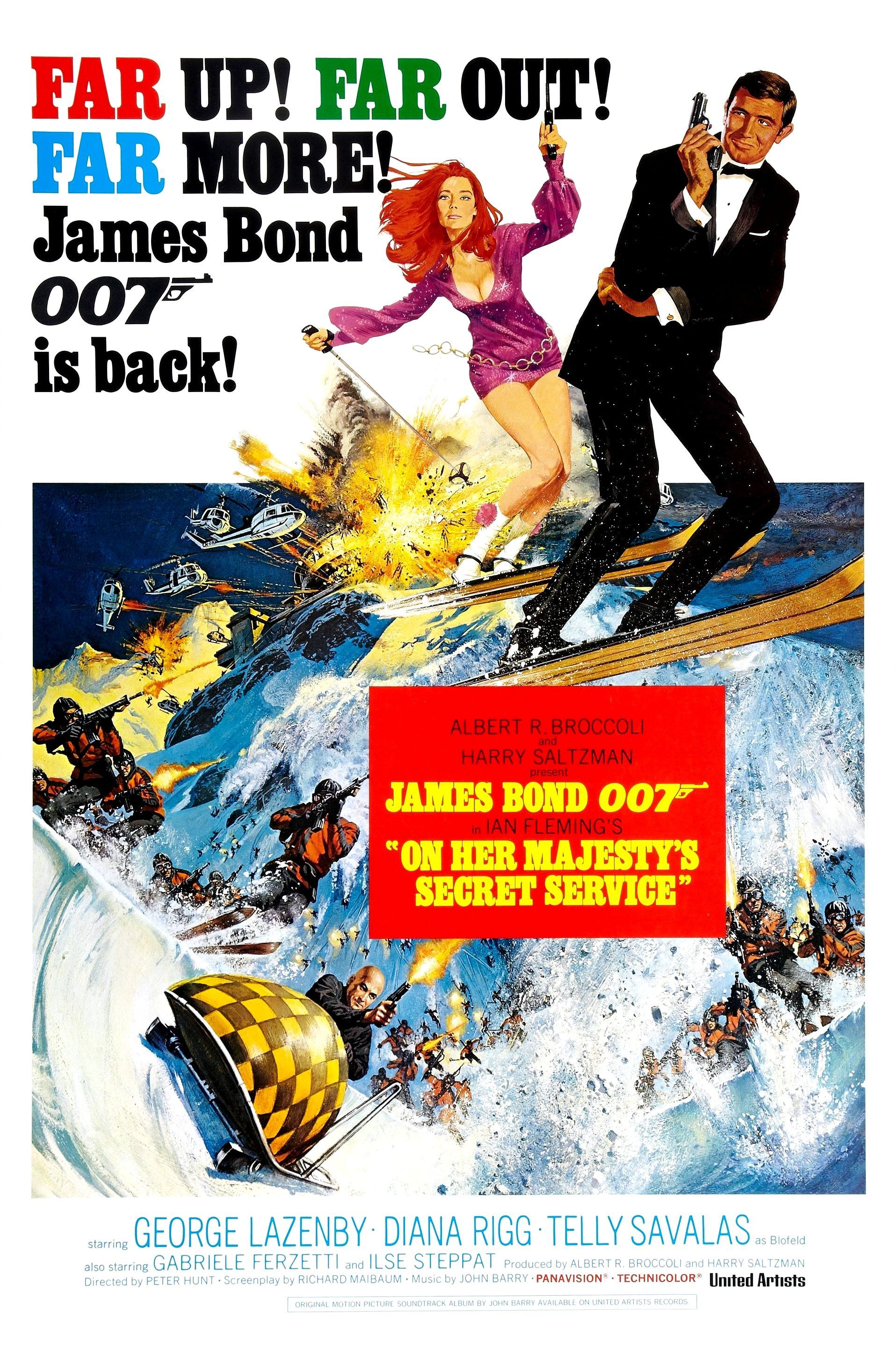
1’Licence to Kill' (1989)
Carrying forth with the tone established by Timothy Dalton’s first adventure, his second Bond filmLicence to Killis even more gritty and brutal in its tone.
This 1989 filmsees Bond’s titular license revokedfollowing the gruesome assault, torture, and dismemberment of his close friend and ally, CIA agent Felix Leiter (David Hedison).
After Leiter’s wife Della (Priscilla Barnes) is found murdered, Bond begins a full-spirited crusade of vengeance against the Latin-American drug cartel which attacked some of his closest friends.
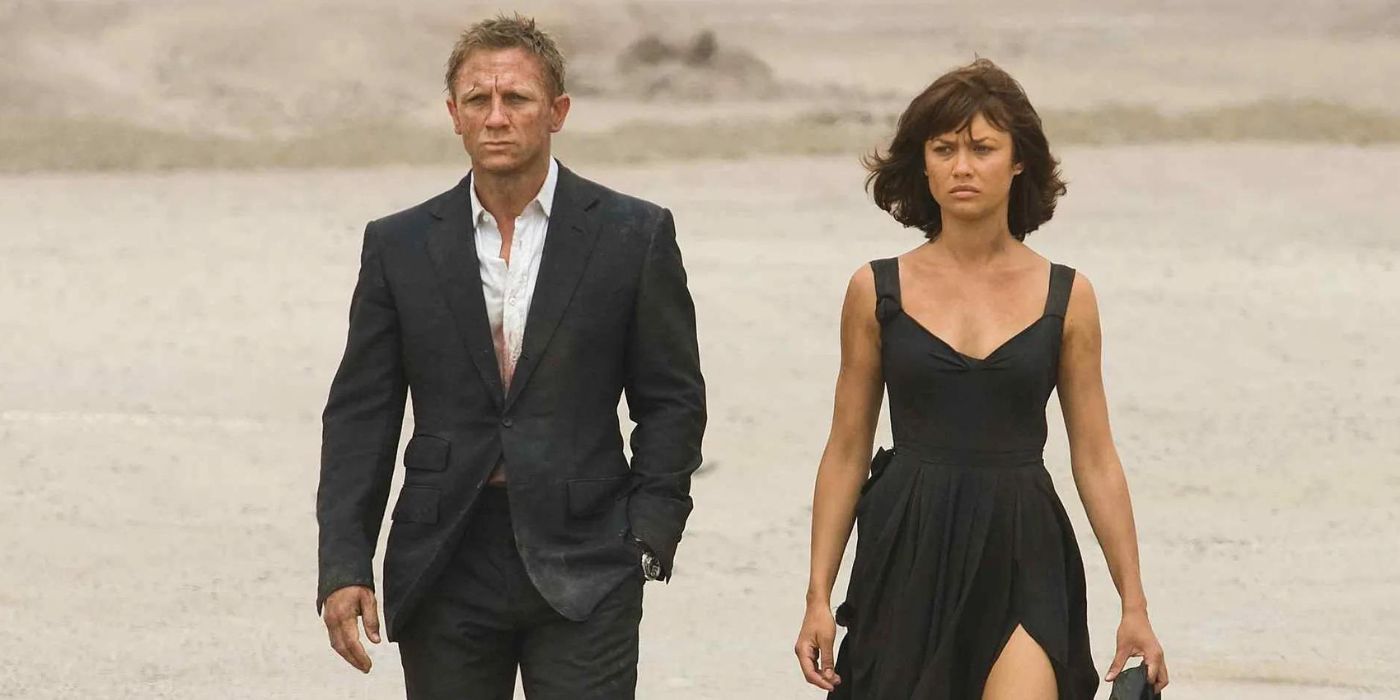
Image via Sony Pictures Releasing
The dismemberment of Leiter and the death of Della aresome of the darkest scenes in all of Bond’s twenty-five films, and the brutality with which this violence is depicted onscreen is only matched by the mean-spirited additional horrors implied to have happened off-screen.
Timothy Dalton builds upon the framework of a ruthless and mysterious Bond in this film by revealingthe hidden depths of the characters' softer sidesthrough his relationship with Felix and Della.
007 operating as a rogue agent seperate from MI6 provides the movie with real weight and stakes, as each of Bond’smore brutal than usual killsare done under the motivation of pure revenge rather than any sanctioned mission.
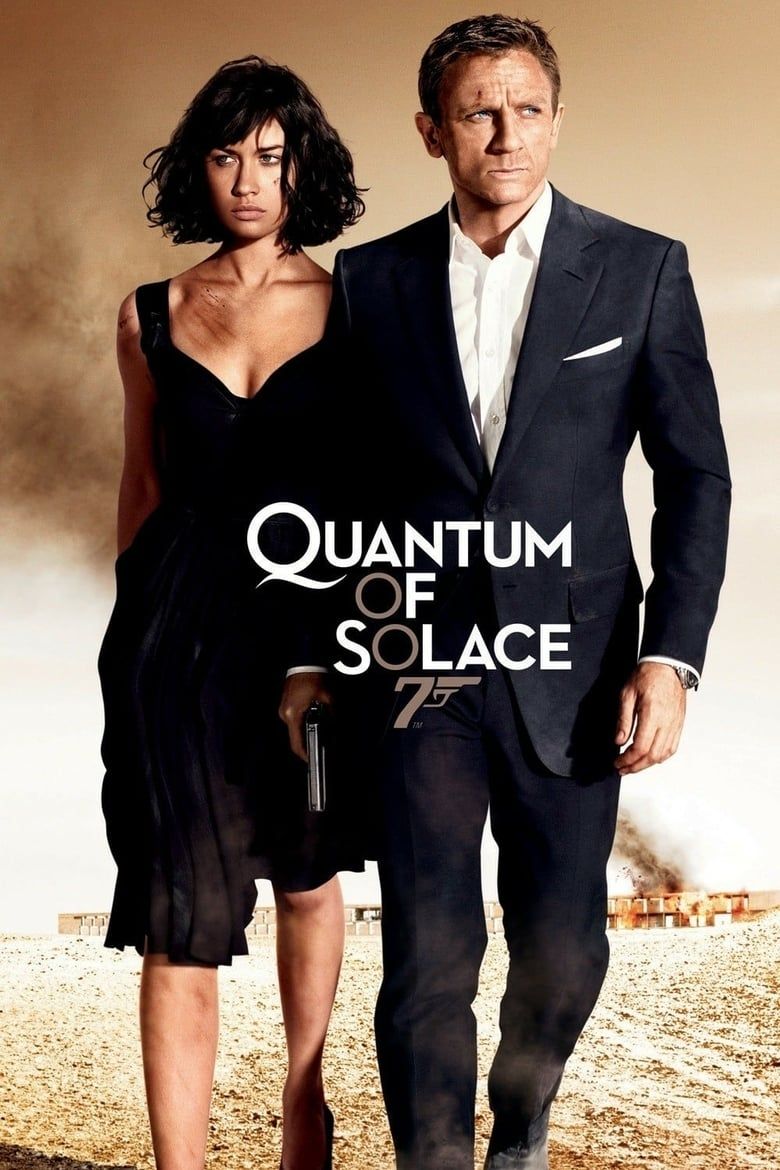
The finale in which 007 burns the oil-soaked villain Franz Sanchez (Robert Davi) alive, is one of the most gruesome deaths in any Bond film, and is made all the more impactful by the fact that it is done with a lighter gifted to Bond by Felix and Della.
Though Timothy Dalton’s tenure is the second shortest of all Bond eras,Licence to Killends it on not only one of Bond’s darkest, but also the highest notes.
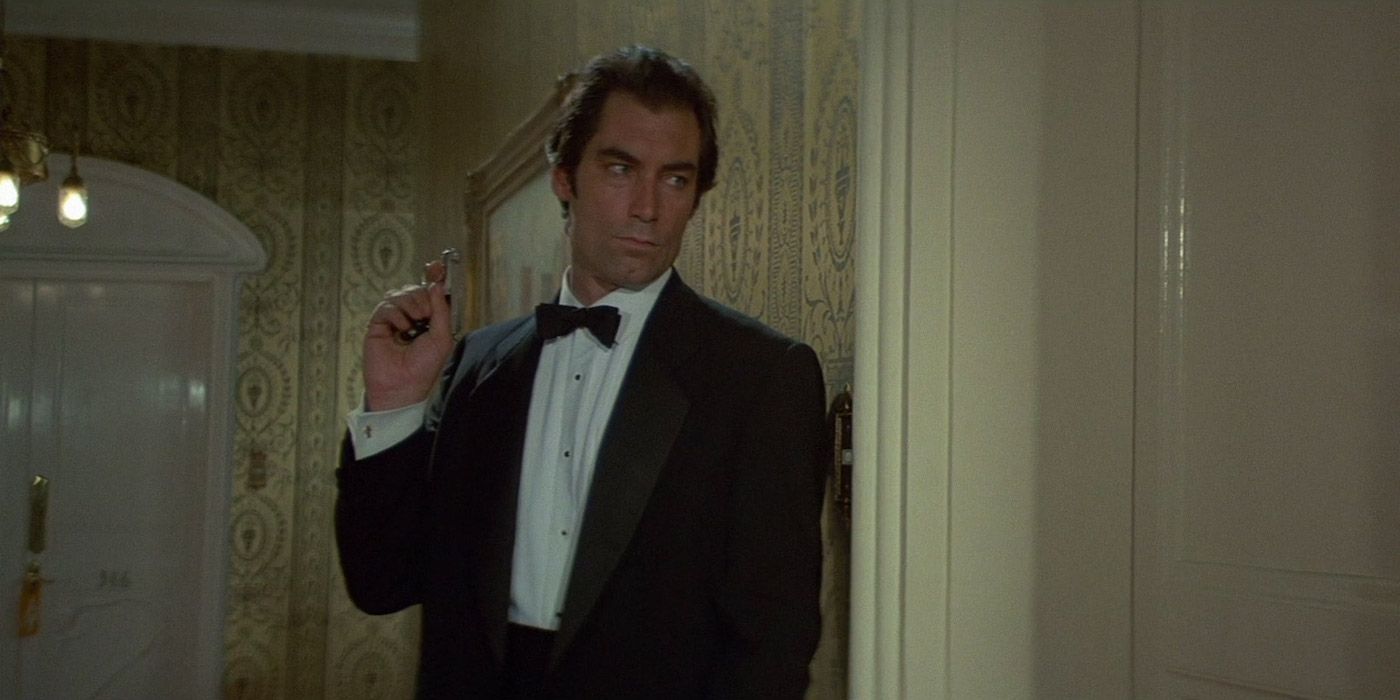
Image via MGM/UA Communications Co.
